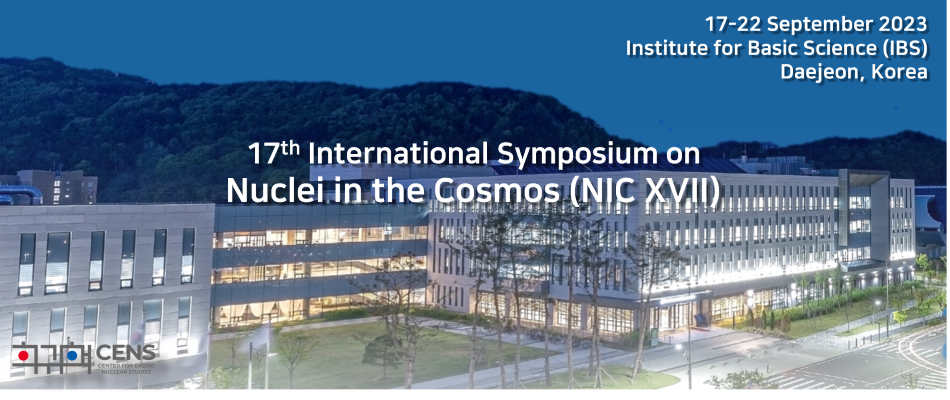Speaker
Description
Cross-sections for neutron-induced interactions with molybdenum, in particular for the neutron capture reaction, play a significant role in various fields ranging from nuclear astrophysics to safety assessment of conventional nuclear power plants and the development of innovative technologies. Molybdenum is found in pre-solar silicon carbide (SiC) grains and an accurate knowledge of its neutron capture cross section has a crucial role in stellar nucleosynthesis models, in particular in Asymptotic Giant Branch (AGB) stars. From the work of Liu et al. [1], a deviation on the model predictions has been observed when using Mo cross section data from the two main KADoNiS versions [2][3], with KADoNiS 1.0 providing the better agreement with the grains data. This deviation is particularly evident when extrapolating the data to lower energies. A new measurement of the capture cross section of the molybdenum isotopes is therefore needed to confirm this trend at low thermal energy. In addition to its astrophysical role, molybdenum isotopes can be found as a fission product in fission power plants and the use of this material is under study for future improved reactors [4][5]. This shows the importance of an accurate knowledge of the total and capture cross-section for molybdenum isotopes.
Experimental data in the literature for the capture cross-section of Mo isotopes suffer from large uncertainties. This is also reflected in the large uncertainties of the cross-sections recommended in the ENDF/B-VIII.0 library [6]. Below 1 eV the relative uncertainty of the capture cross-section is above 18% for $^{94}$Mo and around 40% for $^{96}$Mo, while above 2 keV the uncertainties are in the order of 10-20% for $^{94,95,96}$Mo. The uncertainty on the capture cross section data in the libraires is also reflected in the uncertainty of the MACS (Maxwellian Averaged Cross Section) found in the latest version of KADoNiS [3], which presents uncertainties on the level of 10% in the MACS at 30 keV for all the molybdenum isotopes. One of the reasons for these large uncertainties is related to the absence of transmission data for enriched samples.
In this contribution the first transmission and radiative capture measurements results obtained at n_TOF (CERN, Switzerland) and GELINA (EC-JRC Geel, Belgium) will be presented. Moreover, the updated values of the MACS for $^{94,95,96}$Mo will be shown. The effect of these new preliminary values of the cross section in stellar nucleosynthesis calculations for AGB stars will be presented.
REFERENCES
[1] N. Liu, T. Stephan, S. Cristallo et al., Astrophysical Journal, 881, 28 (2019).
[2] Z.Y. Bao, et. Al., Atomic Data and Nuclear Data Tables 76, (2000).
[3] I. Dillmann, et al., Proceeding of the workshop EFNUDAT Fast Neutrons (2009).
[4] B. Cheng, Y.-J. Kim, P. Chou, Nuclear engineering and Technology, 48, 16-25 (2016).
[5] P. Herve et al., EPJ Nuclear Sciences & Technologies, 4, 49 (2018).
[6] D.A. Brown et al., Nuclear Data Sheets, 148, 1 (2018).

